-
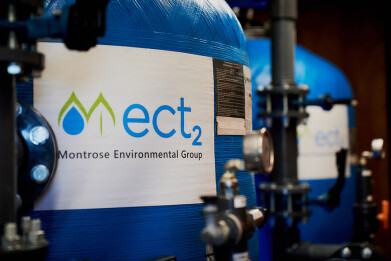
-
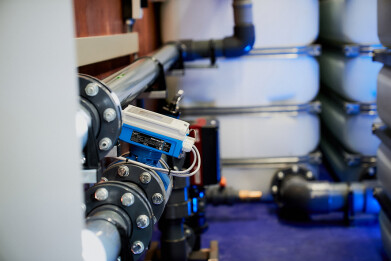
-
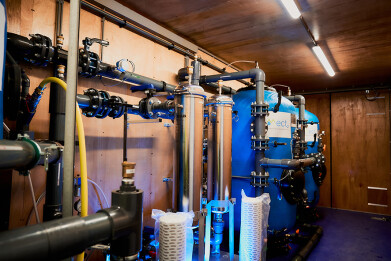
-
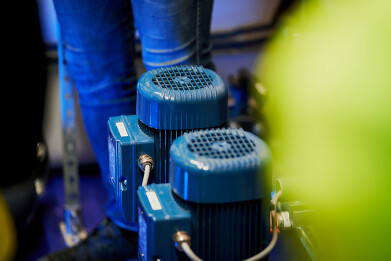
-
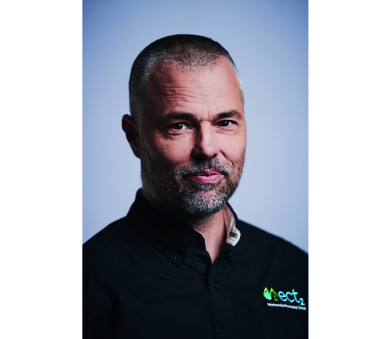 Jeffrey Lewis
Jeffrey Lewis
Water/Wastewater
Scandinavian success: Leading the way in airport PFAS remediation
Jul 17 2024
Jeffrey Lewis, General Manager in Europe for ECT2
Introduction
Airports worldwide are tackling the critical environmental issue of PFAS (per- and polyfluoroalkyl substances) contamination, primarily caused by the prolonged use of firefighting foams. Jeffrey Lewis from ECT2 discusses the extensive contamination of water sources and the health and environmental risks involved. With new regulatory pressures, airports are adopting rigorous testing and remediation methods. A leading example from Scandinavia shows a major airport initiating a comprehensive remediation project for PFAS from fire training activities, establishing new environmental standards in the aviation industry.
Addressing PFAS contamination in the aviation sector
Airports globally are grappling with a pressing environmental challenge: PFAS contamination. Historically, many airports used firefighting foams containing PFAS during emergency drills and operational responses. This persistent use has led to widespread contamination of nearby groundwater and surface water, posing significant environmental and health risks.
The use of aqueous film forming foam (AFFF), containing PFAS, in emergency response and firefighting training has raised significant health and environmental concerns. This foam, previously used at airports, military bases, and fire training sites, has contaminated various environments. With new European and global regulations emerging, the airport community is under increasing pressure to investigate, test, and remediate PFAS contamination. These evolving regulations are set to shape the treatment and management of PFAS, potentially introducing future liabilities. As a result, treating PFAS contamination is becoming a critical focus for airports to ensure both regulatory compliance and environmental safety.
In Scandinavia, the issue has prompted decisive action. One major airport, recognising the critical nature of this contamination, has taken a proactive stance on environmental stewardship by initiating a comprehensive remediation project.
In 2008, the airport undertook an environmental study, testing for PFAS in surface water bodies across its premises. It was during this study that the team discovered perfluorooctane sulfonate (PFOS) for the first time. Over the next decade, following continuous investigations, it became clear that the main source of PFAS contamination at the airport originated from its fire training facility, more specifically from the type of fire-fighting foam typically used in the past.
This led to decisive action in 2022, when the airport committed to remediate this primary source of PFAS. Launched in September 2023, this ambitious PFAS remediation project is setting new benchmarks in environmental water remediation. The decision to address PFAS-contaminated groundwater reflects a growing awareness and responsibility among airport authorities to remedy the impacts of past practices.
Evaluating technologies: From foam fractionation to ion exchange
The airport operator was determined to address the PFAS contamination with a robust and efficient approach that not only met its stringent criteria for effectiveness and sustainability but also offered economic feasibility and rapid deployment. The search for the right solution led to a competitive tendering process, during which the airport operator’s environmental team evaluated a range of progressive treatment technologies.
Among the contenders were foam fractionation, granular activated carbon (GAC), and ion exchange, each offering unique benefits and potential drawbacks. After thorough analysis and comparison, the airport operator chose ECT2’s ion exchange technology, specifically its SORBIX™ PURE resin, for its high efficiency and effectiveness in removing contaminants.
The chosen system was designed to tackle challenging site-specific needs. It was engineered to handle a maximum flow rate of 17 cubic metres per hour, dealing with influent PFAS concentrations as high as 6,200 nanograms per litre. This included tackling several hundred nanograms per litre of notoriously difficult-to-remove short-chain compounds such as PFBA (perfluorobutanoic acid) and PFPeA (perfluoropentanoic acid).
The selection of SORBIX™ PURE demonstrated the airport’s commitment to significantly reducing PFAS levels, aligning with both environmental and health safety standards. This initiative not only aimed to rectify the impacts of past practices but also set a new benchmark for environmental responsibility in the aviation sector.
Efficiency in PFAS treatment
The remediation process began with an initial GAC pre-treatment stage, which was engineered to eliminate as many non-PFAS contaminants as possible. Following this, the water was channelled into vessels packed with SORBIX™ PURE ion exchange resin – special plastic beads that have been soaked in salt water, so that chloride ions attach themselves to the positively charged nitrogen ions in the resin. When the PFAS-contaminated water is added, the PFAS ions displace these chloride ions so that the PFAS is attached to the resin instead of remaining in the surrounding water. This process is what is meant by the term ‘ion exchange’.
The contractual obligation was to remove 93% of the mass balance of PFAS. As of June 2024, the combined actions of ion exchange and adsorption have removed 98%, exceeding client expectations. This process is also removing 100% of the European Food Safety Authority’s 'PFAS 4' (perfluorooctanoic acid (PFOA), perfluorooctane sulfonate (PFOS), perfluorononanoic acid (PFNA) and perfluorohexane sulfonic acid (PFHxS)) from the water onsite.
ECT2's ion exchange resin is particularly adept at tackling hard-to-remove short-chain PFAS molecules, with a removal capacity that is 13 times more effective than traditional methods such as GAC. This efficiency translates into considerable savings for highly contaminated sites, as ion exchange systems are smaller, require less upkeep, produce minimal waste, and use less material to achieve superior results. Furthermore, SORBIX™ resins can be regenerated and the effluent concentrated using patented processes that enhance cost-effectiveness, reduce environmental liabilities, and improve overall treatment outcomes.
The bespoke solution from ECT2 was delivered and operational within just seven months, a testament to the efficiency and dedication of the team. As of June 2024, the system has treated over 65 million litres of water, demonstrating its effectiveness and setting a precedent for future environmental aviation remediation projects and across a range of other industry sectors.
Commitment to remediation: A model for airports
This initiative is part of a broader movement within the aviation industry to reconcile operational safety with environmental conservation. As airports continue to navigate the complexities of PFAS contamination, the balance between maintaining rigorous safety protocols and protecting natural resources remains an important concern. The airport's commitment to remediation not only mitigates the immediate environmental impact but also sets a precedent for other airports facing similar challenges.
Events
Jan 29 2025 Tokyo, Japan
Feb 05 2025 Nantes, France
Feb 16 2025 Kampala, Uganda
Feb 26 2025 Chennai, India
Feb 26 2025 Tulsa, OK, USA

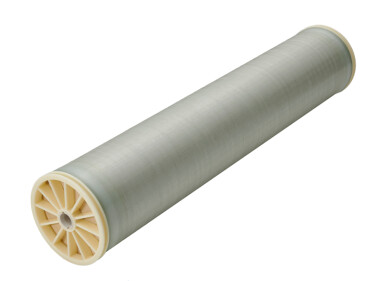
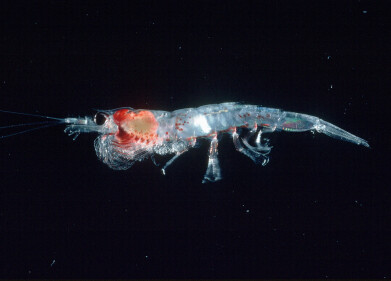
-as-feedstock.jpg)





